3 Easy Travel Photography Tips

Article outline
- Introduction
- What I see
- Who I see
- How I see life playing out
- Workflow editing video using Topaz Photo AI: Getting that timeless travel photo look
I’ve long battled with myself over how to accurately define the genre of travel photography. Is it about taking photos of the vehicle you’re using to get from where you currently are to where you’re going? Is it about the views you see along the way, be it a beautiful bank of clouds or some gigantic mountain looming on the horizon? Or could it be about the people you encounter and what they’re doing as they live out their own lives?
Truthfully, travel photography can be whatever you want it to be, and if I had to give some sort of constraint or criteria on top of that, it would be that you have to be involved in the act of travel, exploring or visiting. What you make of that is completely up to you and, honestly, that should excite you. Because travel photography can be so loosely and individually defined, it can comprise a wide variety of techniques.
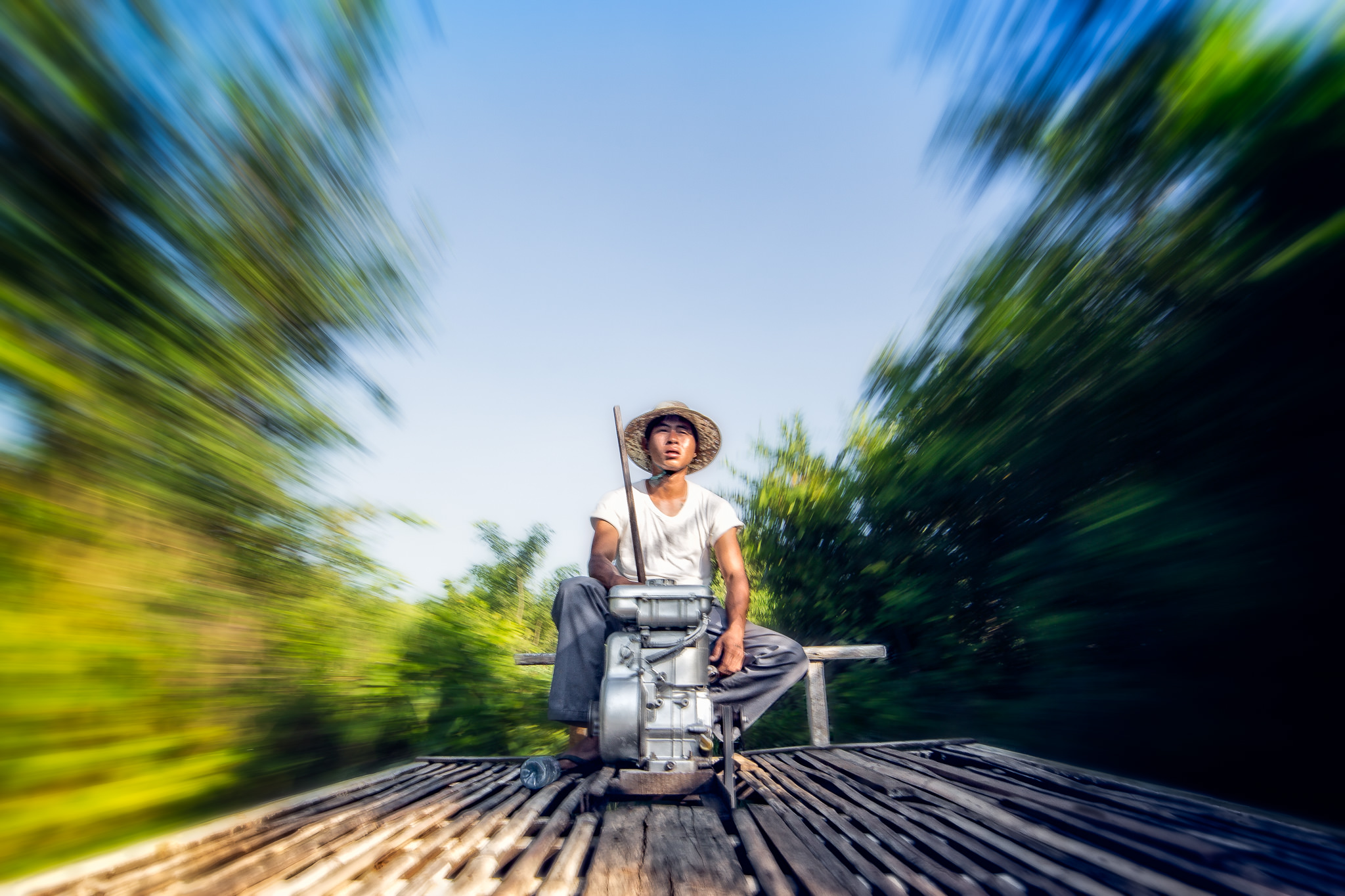
Travel photography can require you to exercise landscape, portrait, architecture and/or photojournalistic practices. It all depends on you and how you choose to define it for yourself. And while the saying goes that it should be about the journey and not about the destination, I argue that with travel photography, it’s very much about both.
Whenever I travel to a remote place with my camera gear—where remote equates to me not being in the general vicinity of my home—my goal is to document three primary elements: what I see, who I see and how I see life playing out in front of me. If the natural life cycle of a photo ends with you sharing it with the world, then I want my travel photos to give viewers a sense of what it was like being where I was at the time I first took them.
So let’s break down some key concepts that will help you get the most out of your travel photography endeavors.
Not to put too fine a point on it, but I define “What I See” with regards to travel photography as the landscape and architecture of wherever I am. Oftentimes, before I leave for a destination, I’ll research the location to get a better idea of the geography, architectural styles, etc. I’m almost always more interested in what the area looks like during the early and late hours of the day, because that’s when the light is most pleasant.

Another component in my research is figuring out how to get to a particular area or landmark. If your plan is to capture the early-morning light of a sunrise, then knowing how to get to your location will save you precious time instead of fumbling around— although fumbling around can also yield some fantastic results. Another reason why getting to a location as early as possible is important is because it will increase your chances of staking claim to prime real estate.
I can think of no better example of this than when I first visited the beautiful Angkor Wat in Siem Reap, Cambodia. To ensure a prime spot near the reflecting pool in front of the temple, we had to leave with our guide at 3 a.m., and waited several hours for the sun to rise. Fortunately, the effort paid off big time.
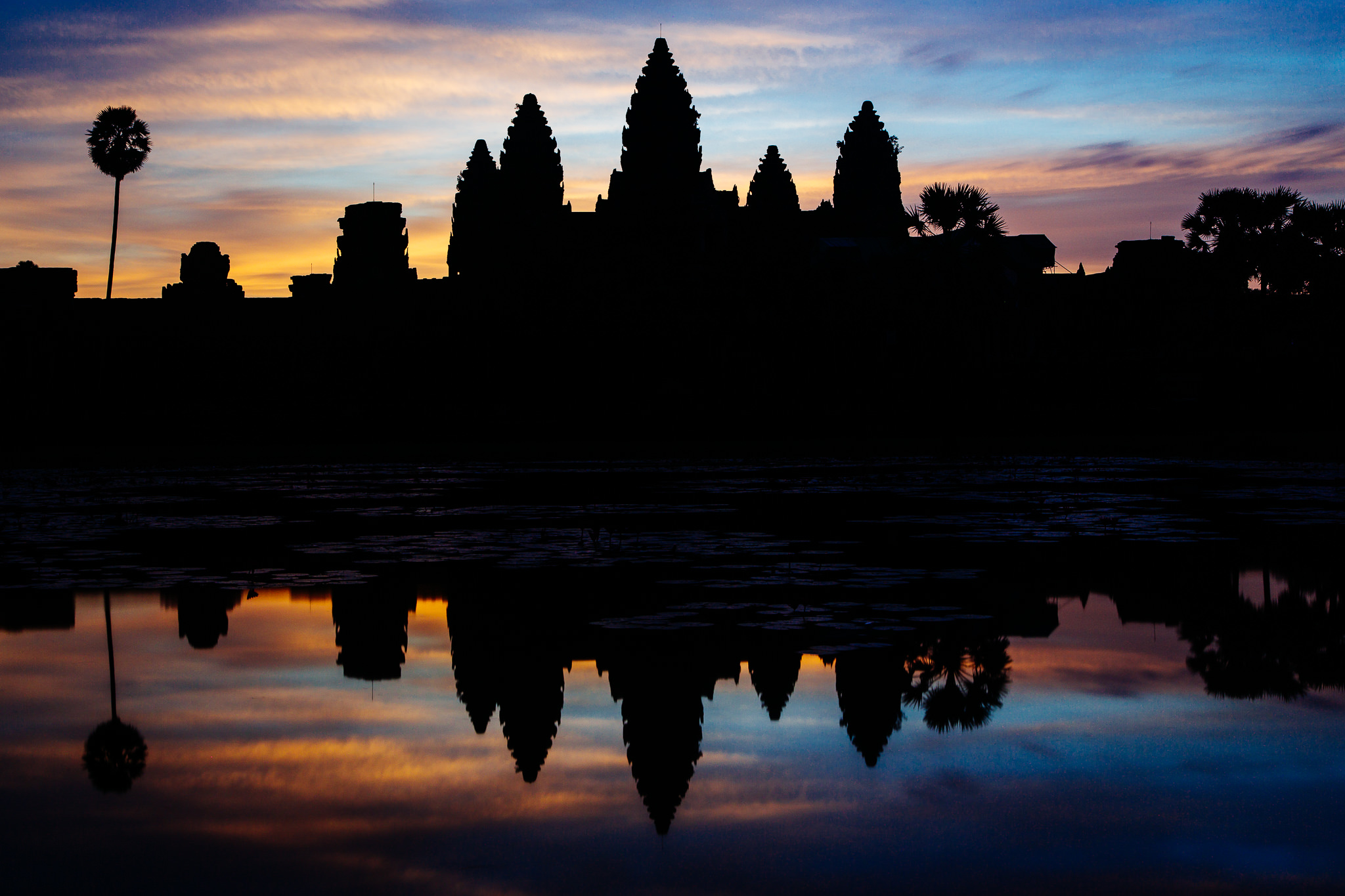
Arguably, one of the most rewarding aspects of travel photography—and traveling, in general—is getting to know the locals and immersing yourself in their culture. With that said, there are many ways to approach photographing locals who, in most cases, may simply be going about their day. I’ve always been of the mindset that when I photograph people during my travels, I want to be as inconspicuous as possible. It’s not because I’m self-conscious, although that’s a very real issue many photographers deal with, so much as I’m more interested in capturing the way their lives unfold as naturally as possible.
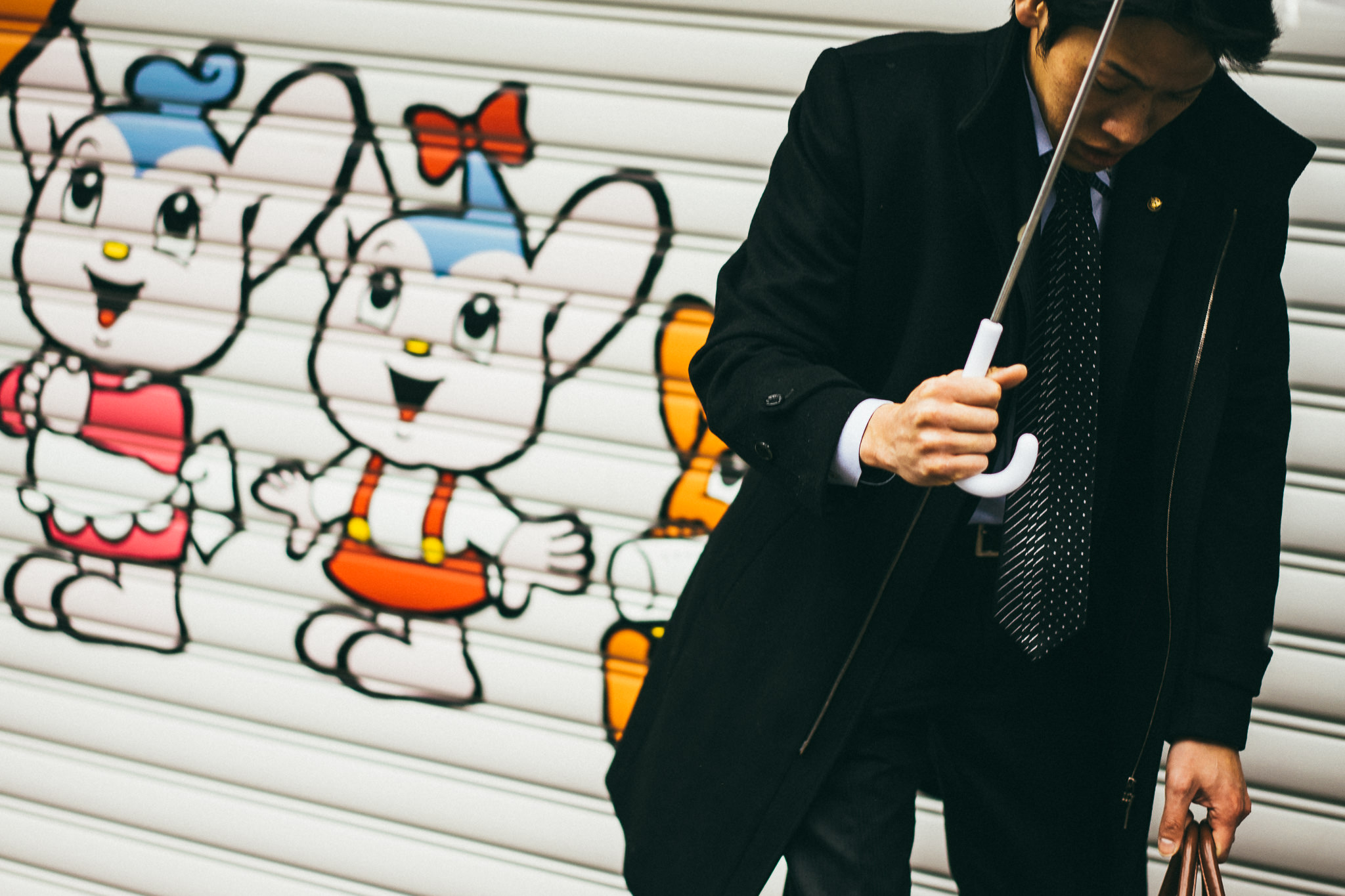
In other words, once my presence as a photographer is established, that moment of unadulterated activity evaporates. That’s why I typically avoid using neck or shoulder straps with my camera. I’m a big fan of using a wrist strap to hold my camera rather than allow it to dangle. If I’m in an urban environment, I’ll find a corner to hang out at without raising my camera.
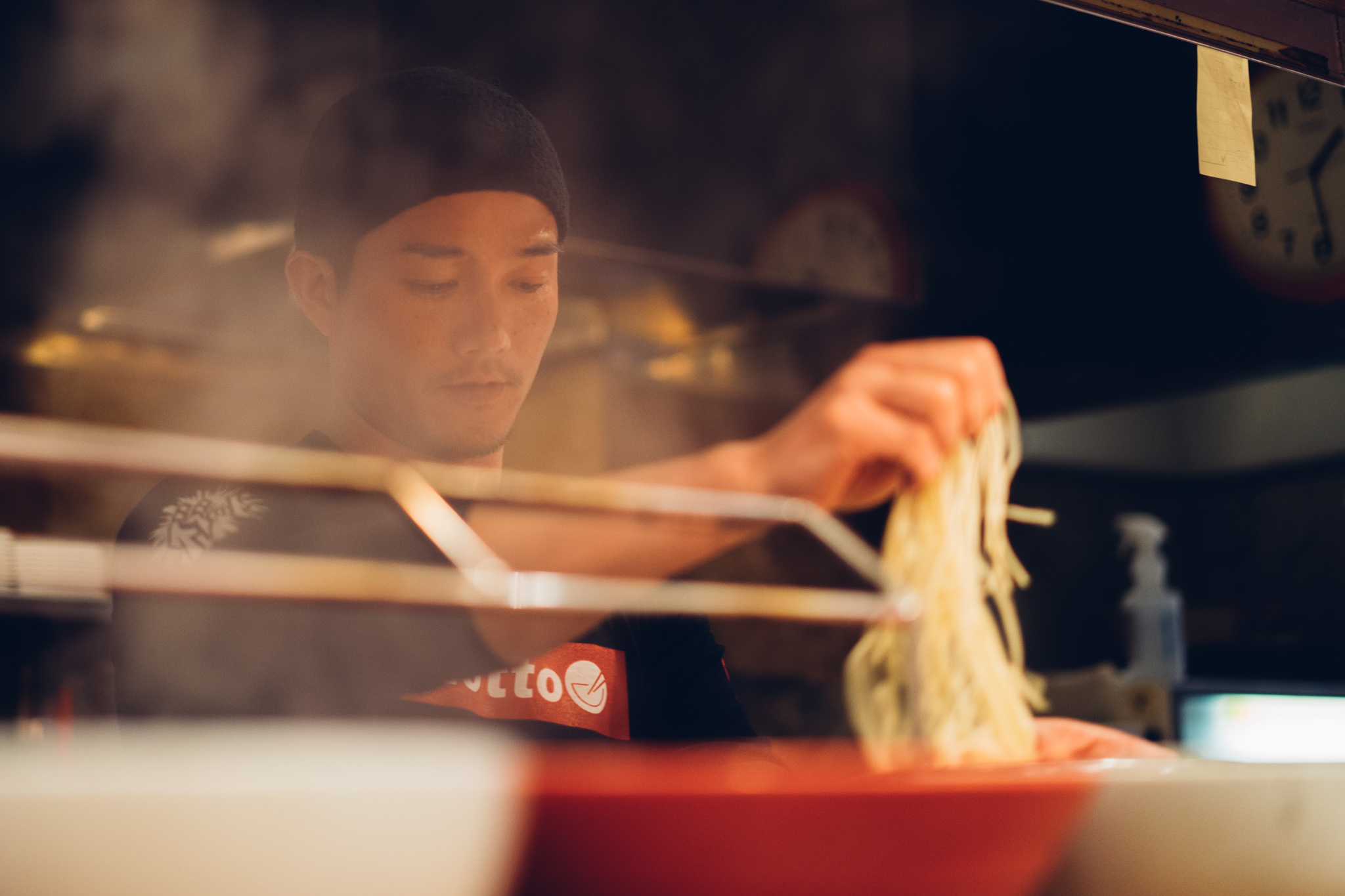
I take anywhere from 5 - 10 minutes to simply observe and to hopefully blend in as just another guy. When I see something of interest, I get into position and do what I need to in order to get the shot. Once that moment passes, I return to being just another guy blending in. I’ve found that this process really helps me fall into the background, as it were, and let the people around me feel comfortable to go about their routines without paying much attention to me.
Despite your best efforts, it’s almost inevitable that you’ll make eye contact with others. In those cases, it’s so important to be courteous and respectful. Whenever I visit a country where English isn’t the primary language, I make sure to teach myself some basic phrases, including how to ask, “Can I take your picture?” If you aren’t able to communicate verbally, you can almost always rely on good ol’ finger pointing at your camera and then at the person while flashing a warm smile.
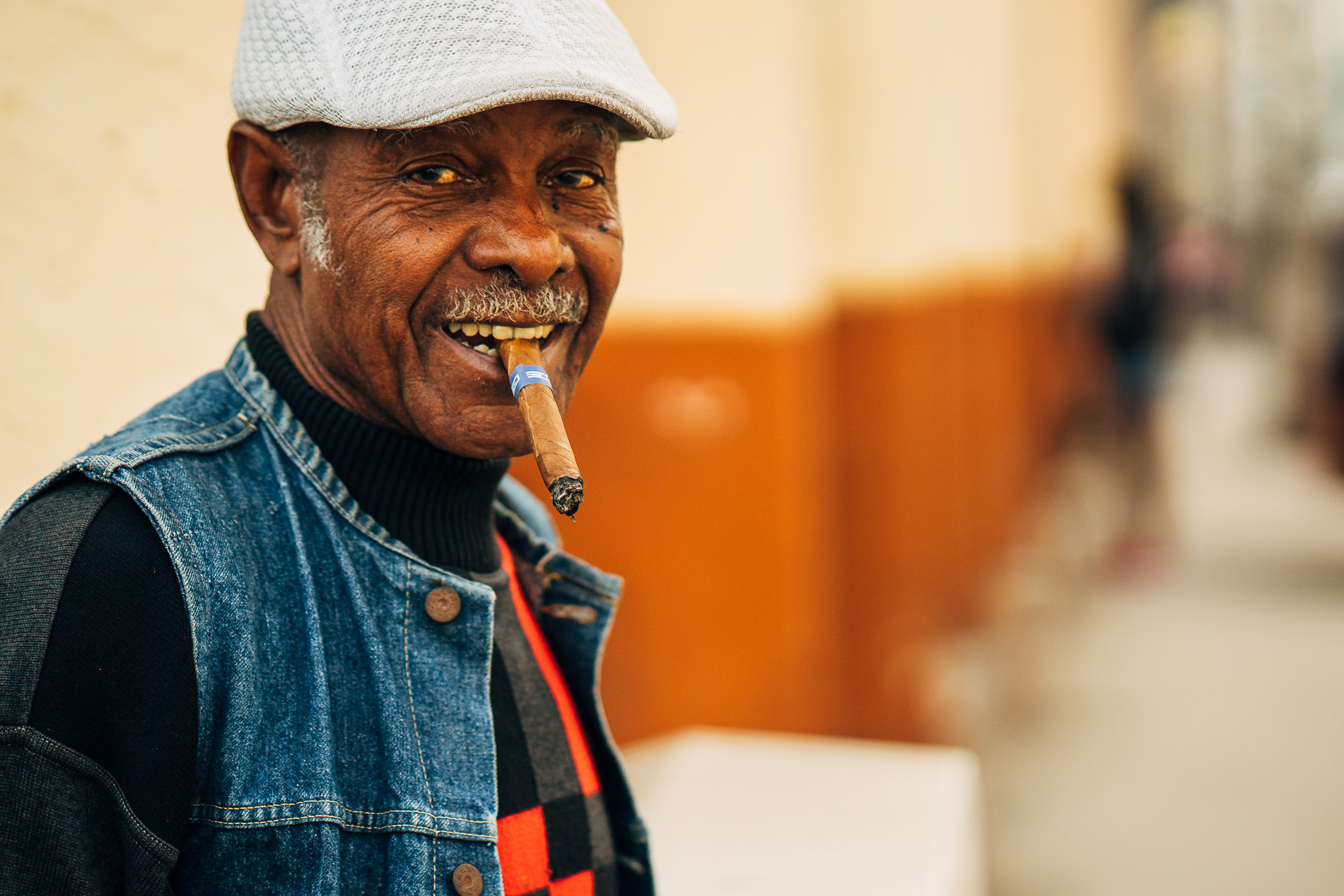
That’s usually an effective method in establishing whether permission is granted. Most importantly, if the person on the business end of your lens indicates verbally or through a gesture that they don’t want you to take their photo, be respectful and honor their wish. When this happens to me, I usually nod, smile wide and wave my hand goodbye. No harm, no foul.
I love seeing travel photos that depict life happening naturally. People exhibit certain characteristics when they’re left to their own devices that otherwise aren’t visible when they sense that they’re being watched. That’s why I take the act of blending in so seriously when I’m traveling. Recently, when I visited Morocco, I was dazzled by the way people lived out their lives.
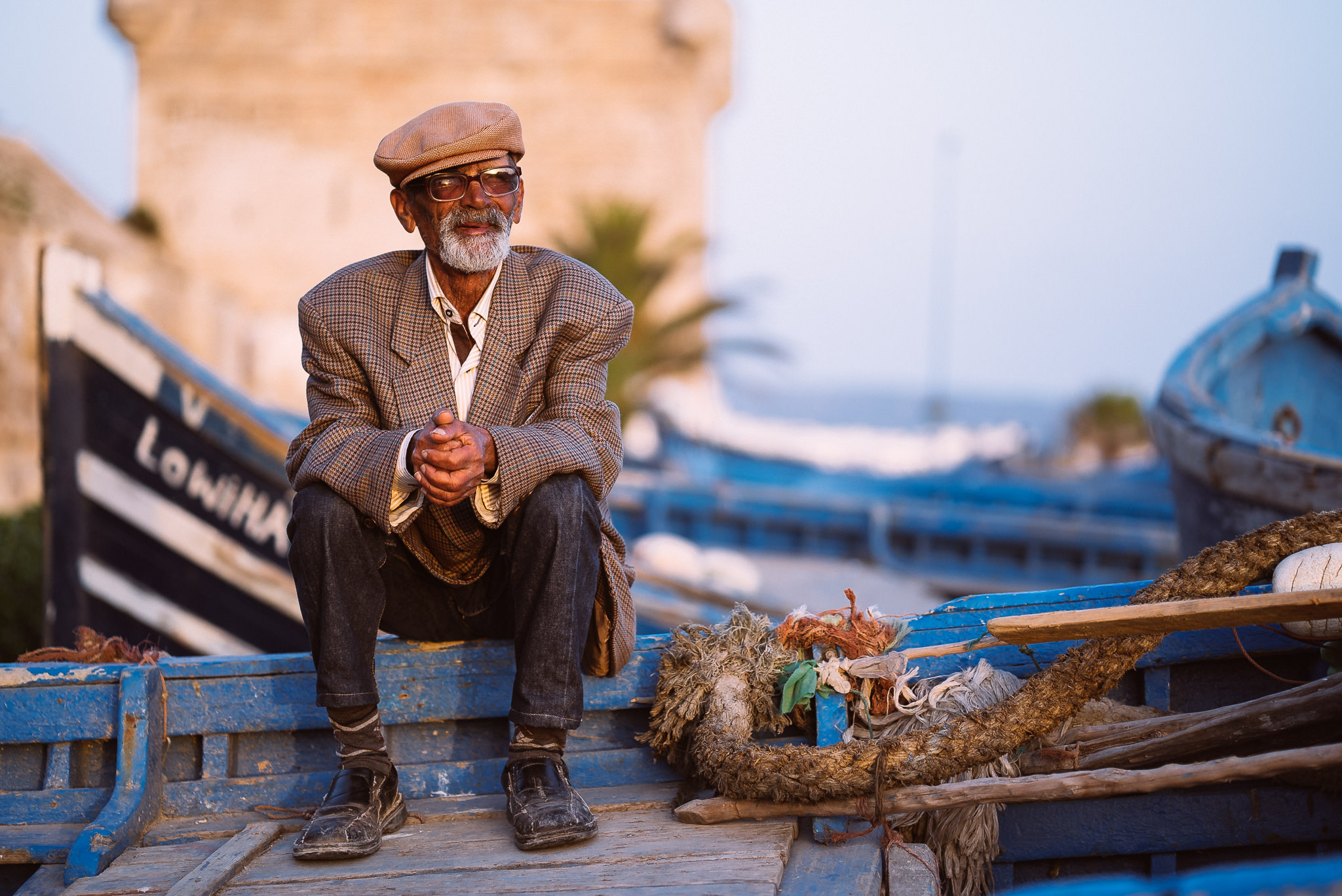
However, there was a layer of complexity added because the local culture is especially wary of photographers. It’s one thing if you’re in a dense market, where vendors are going out of their way to be spectacles. It’s quite another thing if you’re roaming around a random street and everyone around you is simply living out their lives. This is where blending in is very important. Remember, one of the main goals of travel photography is to share what life looks like in other areas.
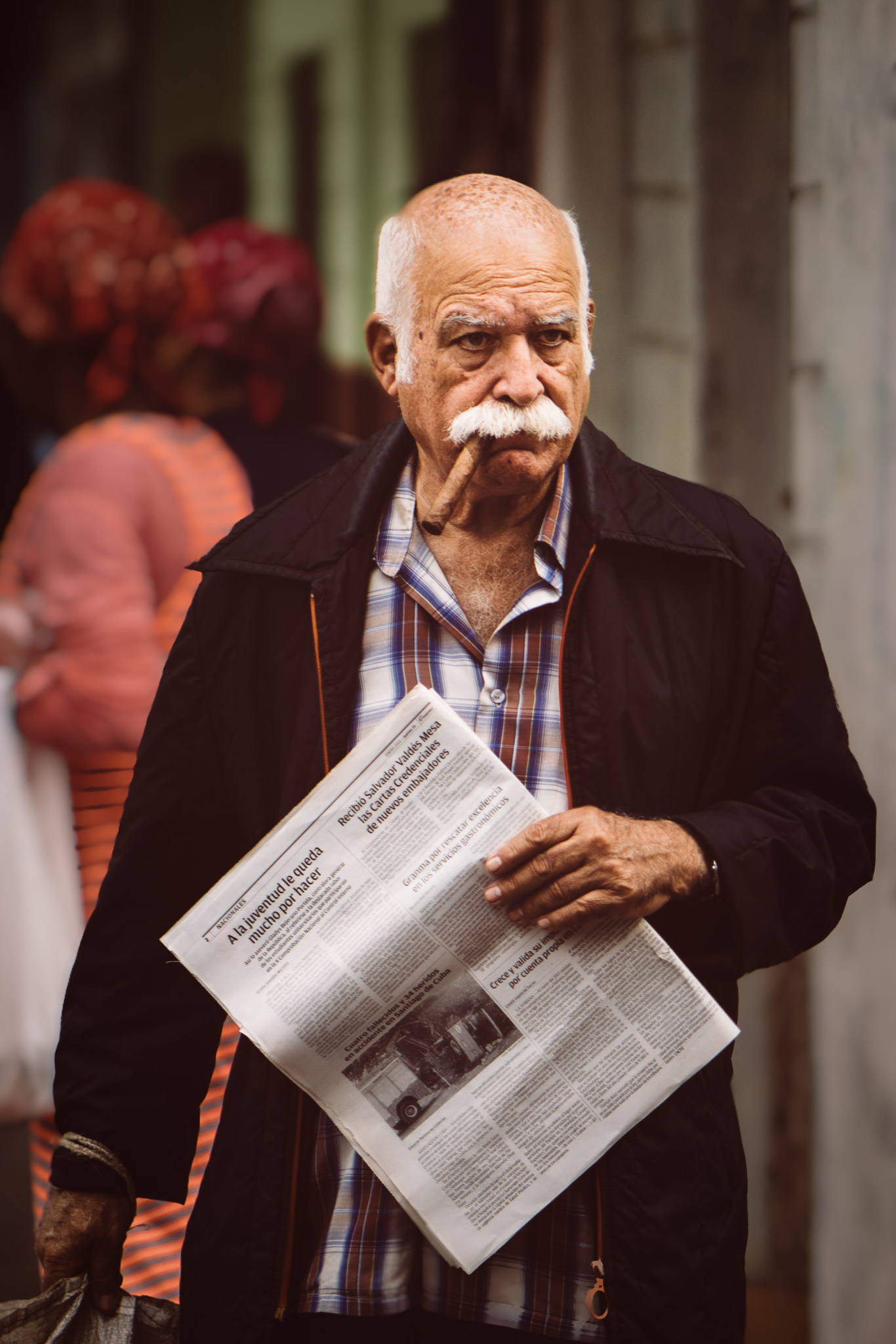
That’s why I treat it like a spectator sport. When I’m on a journey with my camera, I’m in the business of observing and anticipating. The camera comes into play for only a fraction of a second to crystalize a moment. My job is to find the moments that will give my viewers a greater sense of what it must feel like to be standing exactly where I was standing at the time of exposure. What’s also important to remember is that life often isn’t very exciting, but it’s the reality for everyone in your vicinity, and it’s your responsibility to tease out the moments worth capturing.




%20(1).png)


